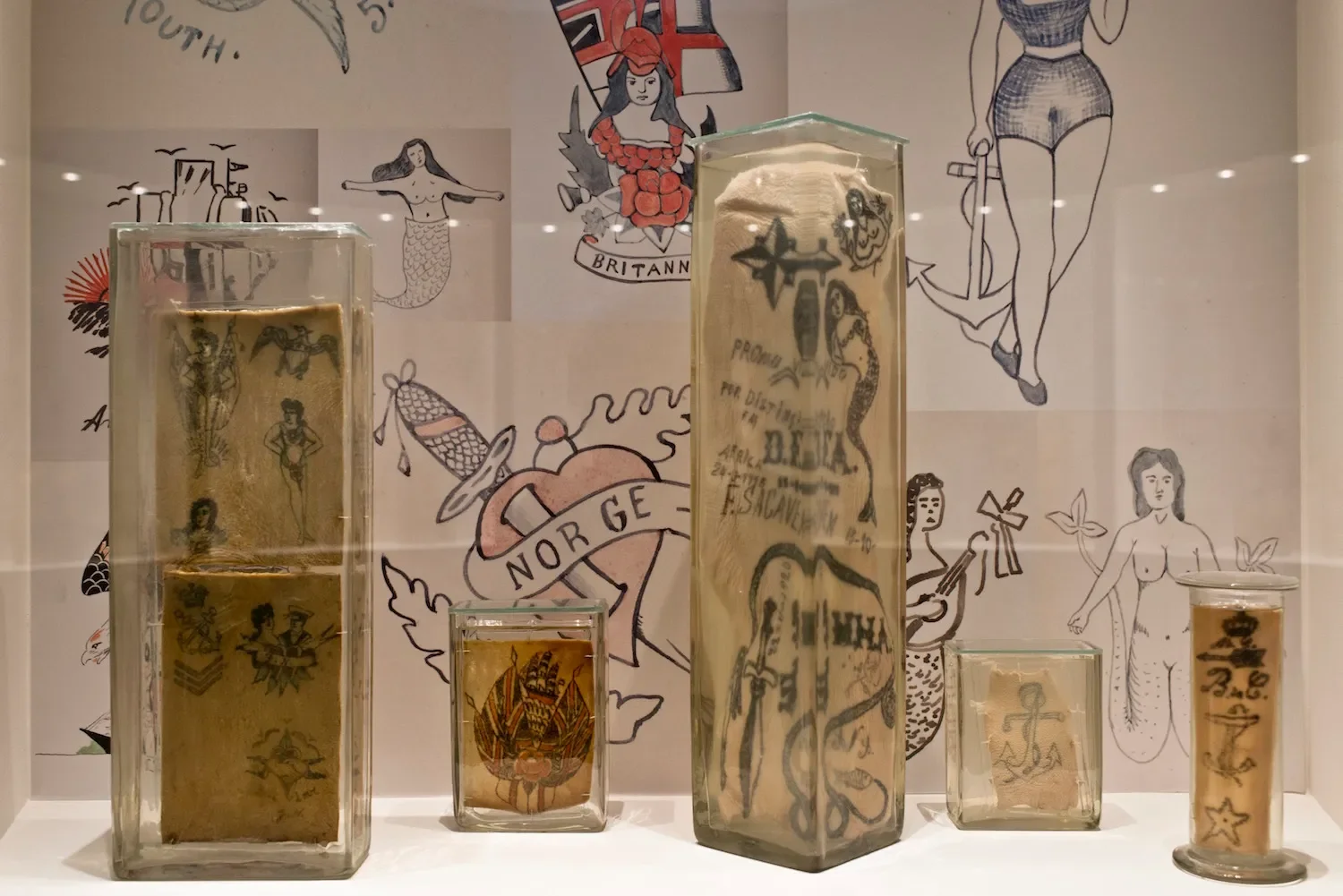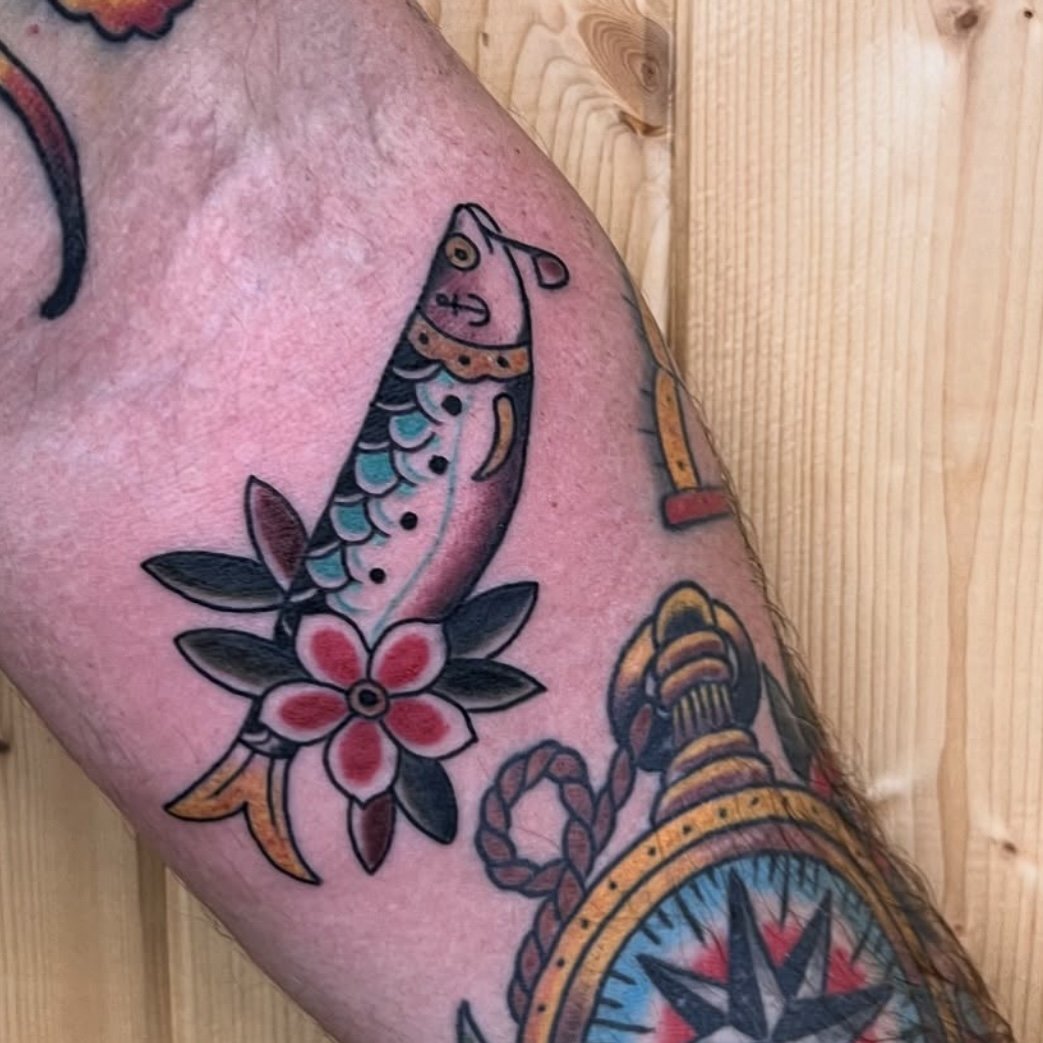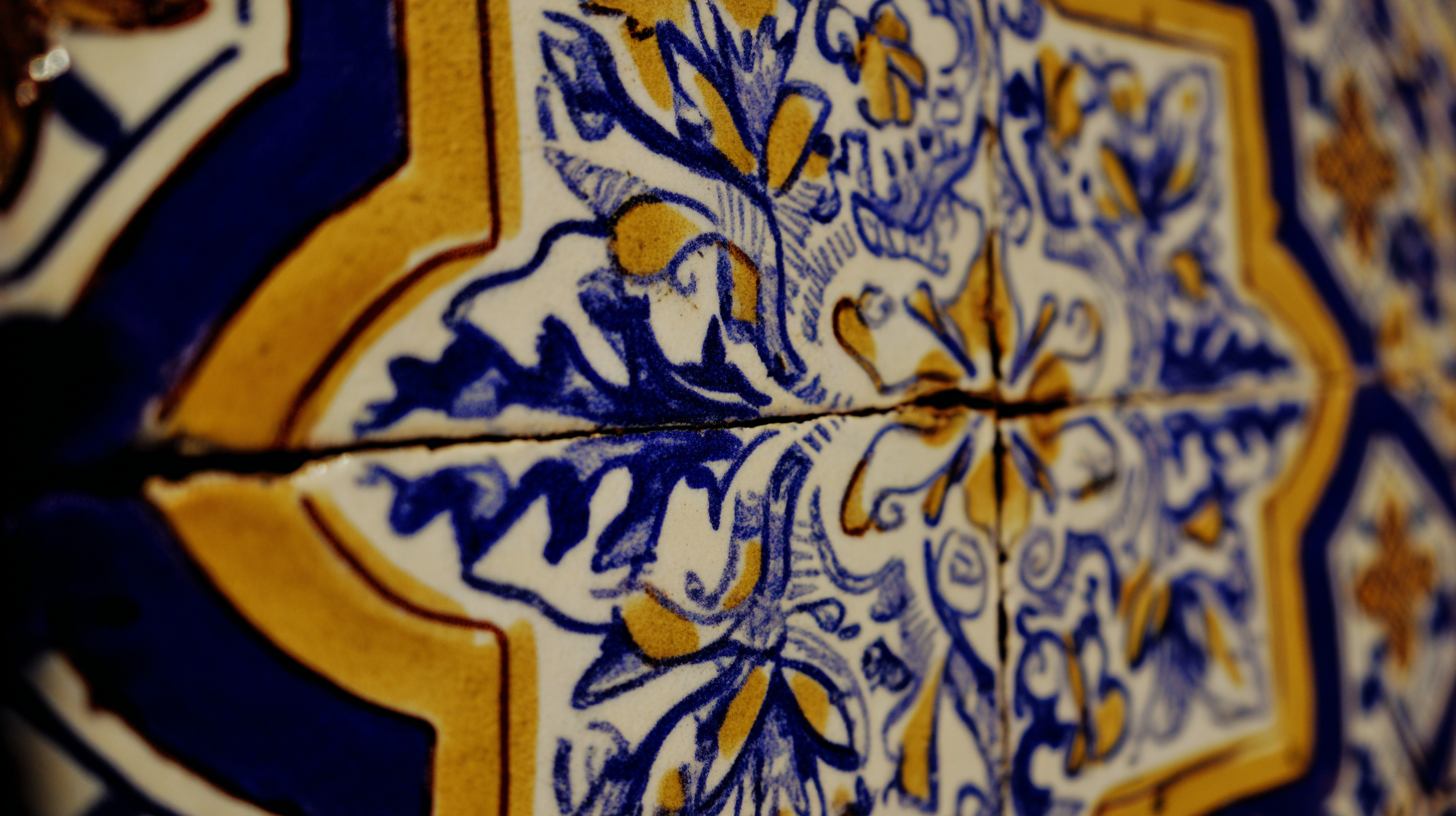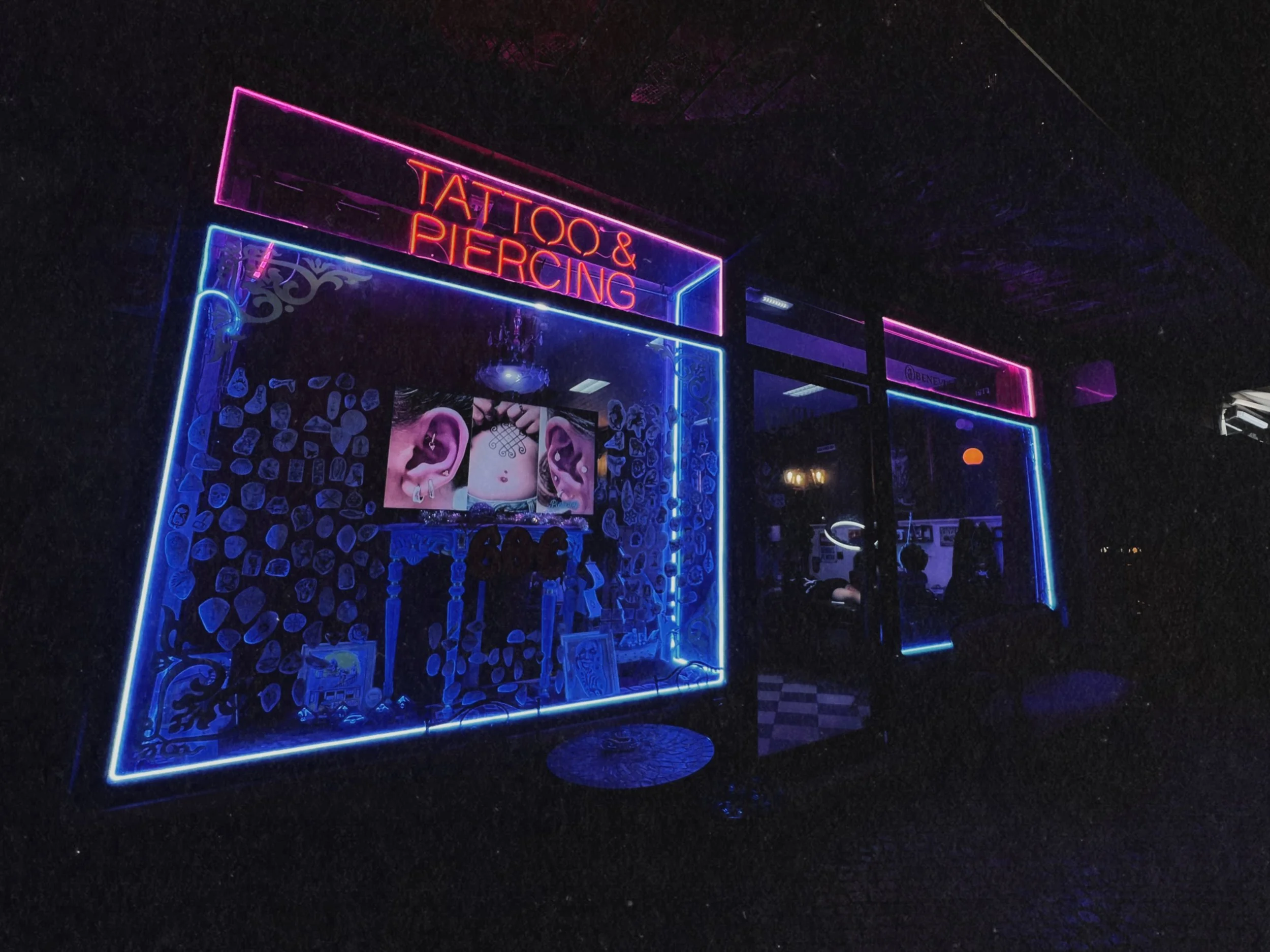Portuguese Tattoo Culture: What the Symbols Really Mean Now
On a sunny afternoon in Lisbon’s old Alfama quarter, you might spot a blue-and-white pattern peeking from someone’s sleeve – an azulejo tile design inked on skin – or a small swallow bird tattoo on a barista’s wrist, echoing the ceramic swallows perched above local doorways. In Portugal today, tattoo culture is weaving the country’s most cherished symbols into new stories. What was once a niche for sailors and outcasts has become a vibrant form of mainstream expression.
Traditional Portuguese tattoo symbols – swallows, sardines, saints, and those iconic glazed tiles – are being reinterpreted in fresh, creative ways. Their meanings have evolved over time, shifting from strict maritime and religious roots to modern expressions of identity, nostalgia, irony, and personal transformation.
From the Margins to the Mainstream
© Luisa Ferreira 2017
Less than a century ago, tattoos in Portugal lived on the fringes. In the early 1900s, inked skin was generally condemned – usually seen on prisoners, prostitutes, or seamen in Lisbon’s portside neighborhoods. Back then, body art often carried straightforward messages: a crucifix or a Virgin Mary for protection, an anchor for hope, a pin-up girl or a name of a lover for memory. Mother Mary herself was a common sight on those rough and weathered bodies. Each tattoo told a story in a society that wasn’t quite ready to listen.
Today, things could not be more different. Portuguese tattoo culture has exploded into the open. Walk through Lisbon or any major town and you’ll see ink on bankers and baristas, students and chefs. What was once subversive is now a celebrated art form, and the motifs people choose are often rooted in Portugal’s own cultural identity.
Swallows: From Sea Voyages to Saudade
Tattoo by Daniel from Cacilhas Tattoo Team
Perhaps no image is as quintessentially Portuguese in tattoo culture as the little swallow. This bird carries a treasury of meaning. Historically, swallows were the inked emblem of sailors. In the age of wooden ships and long Atlantic voyages, a swallow tattoo was a talisman of hope. Sailors even used them as badges of experience – one swallow for every 5,000 nautical miles traveled.
On land, the swallow has long symbolized home and family in Portuguese culture. Real swallows migrate thousands of kilometers but return every spring to the same eaves to nest. Because they mate for life and reunite with their families each year, they’ve come to embody loyalty, love, and the longing for home. They also carry the weight of saudade – that bittersweet mix of nostalgia and yearning for something or someone absent.
Modern swallow tattoos in Portugal blend all these layers. When a young Lisboeta today gets a swallow tattoo, it might honor a seafaring great-grandfather as much as express their own desire for freedom or belonging. A Portuguese exchange student might tattoo a swallow after years abroad, signifying that like the bird, they’ll always find their way home.
Stylistically, swallow tattoos have evolved from the traditional bold blue-and-red sparrows of sailor lore to diverse contemporary designs. In Lisbon’s studios you’ll find swallows rendered as minimalist fine-line silhouettes, watercolor birds with splashy color, or geometric swallows made of intricate lines. The symbolism has only deepened: once a badge of nautical achievement, now a poetic statement of emotional roots.
Sardines: From Humble Fish to Cultural Icon
Tattoo by Daniel from Cacilhas Tattoo Team
If swallows claim the skies, sardines rule the streets – especially in Lisbon. Every June, during the Feast of Saint Anthony, the aroma of grilled sardines fills the air and whimsical sardine decorations line the alleys of Alfama and Mouraria.
Historically, the sardine represented sustenance and survival – a simple fish that fed a nation. Over time, it became a symbol of resilience and working-class pride. In modern Portuguese culture, it’s also an icon of celebration, especially tied to summer street parties and communal joy.
In tattoo form, sardines walk the line between humor and sentiment. A Portuguese sardine tattoo might be worn playfully – a nod to Lisbon’s chaos and charm – or as a meaningful tribute to coastal upbringing, family recipes, or unforgettable summers.
Designs range from outlined fish with whimsical detail to colorful cartoon-style sardines. Artists often fuse the sardine with other symbols: azulejo patterns, hearts, even saints. The sardine, humble as it is, becomes a kind of folk hero – a lighthearted but powerful emblem of Portuguese life.
Saints and Sacred Hearts: Old Faith in New Ink
From tiny roadside shrines to grand cathedrals, Catholic imagery runs deep in Portuguese culture – and now, in its tattoo studios. In older generations, tattoos of saints, crosses, and sacred hearts were literal acts of devotion, often inked by sailors, prisoners, or the deeply faithful.
Today, that religious iconography still appears, but it’s been reimagined. A young woman might tattoo Saint Anthony not just for love or protection, but as a playful nod to Lisbon's June festival. A sacred heart could symbolize strength through suffering – or simply serve as a stylish vintage motif.
Some saint tattoos remain deeply spiritual. Others are cultural. And some blur the line. They’re worn for comfort, for irony, for family memory, or just for the beauty of the image.
Contemporary styles include black-and-grey realism, neo-traditional renderings, minimalist outlines, or even pop-style saints with halos of color. In each case, the wearer brings their own meaning to the piece – making the sacred modern, wearable, and deeply personal.
Azulejos: Tiles That Speak
No symbol says “Portugal” like an azulejo. These blue-and-white ceramic tiles are everywhere – on churches, homes, fountains, train stations. They’re centuries-old but still central to the national aesthetic.
So it makes sense that people now carry them on their skin.
Azulejo tattoos range from simple patterns to complex panels. Some recreate classic tile designs with incredible detail. Others incorporate modern elements – like Lisbon’s tram, a sardine, or a family name –framed within a tile’s geometric symmetry.
For locals, these tattoos often honor childhood homes, ancestral churches, or lost architecture. For visitors, they’re a sophisticated and permanent souvenir. And for everyone, they’re a testament to the beauty of everyday Portuguese art.
A Modern Aesthetic: Fine Lines and Deep Roots
Contemporary Portuguese tattooing blends heritage with trend. In Lisbon and especially in areas like Cacilhas, you’ll find studios offering:
Fine-line and blackwork designs
Minimalist or geometric reinterpretations of old symbols
Neo-traditional and classic styles with updated flair
Personalized flash that weaves Portuguese themes with humor or emotion
It’s not about copying the past. It’s about living with it – turning it into something wearable, relatable, and uniquely yours.
Why People Cross the River for a Tattoo
Just across the Tejo River, in Cacilhas, you’ll find studios that understand this blend of past and present. At Cacilhas Tattoo, for example, artists don’t just replicate symbols – they help shape their meaning. They specialize in capturing what makes Portuguese symbolism so personal: the tension between tradition and transformation, irony and emotion, faith and freedom.
Whether it’s a sardine full of tilework or a swallow in mid-flight, the tattoos here reflect the stories people actually carry – and the version of Portugal they want to remember.
What These Symbols Mean Now
Each symbol in Portuguese tattoo culture carries layered meaning:
The swallow is no longer just for sailors – it’s for anyone who’s left and longs to return.
The sardine isn’t just a fish – it’s community, celebration, resilience, and a wink at your own roots.
The saints and sacred hearts aren’t just religious – they’re emotional touchstones, nostalgic icons, or stylistic tributes.
And the azulejo tile is no longer just a wall decoration – it’s memory, identity, and place made permanent.
Together, these motifs show how Portuguese tattoo culture is not static – it’s living. Every tattoo carries past meanings, yes, but it also carries you.
Thinking about a tattoo in Lisbon? Cross the river. Sit down with an artist who speaks both ink and heritage. And leave with something that actually says something.








